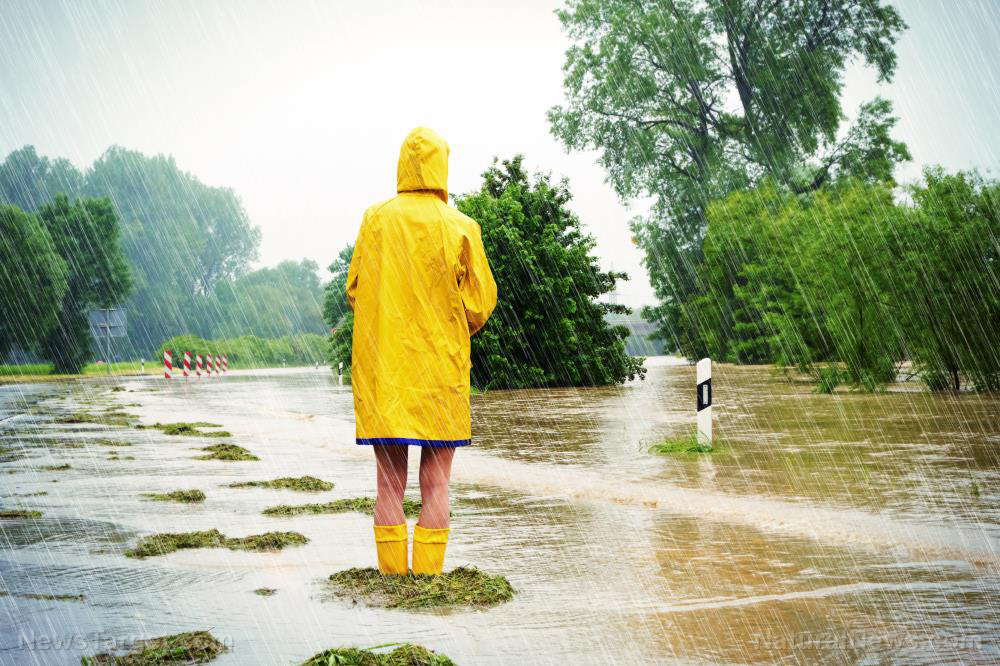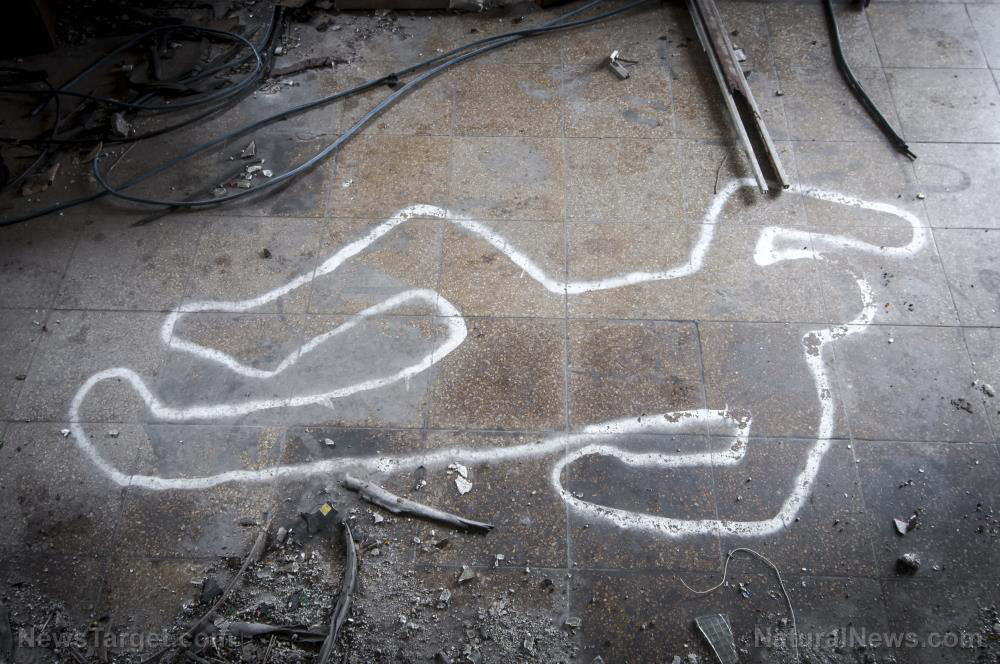
Advertisement
Some disasters, like an earthquake or a terrorist attack, arrive suddenly and without warning. However, many disasters show signs of impending arrival. A gradual change in the environment, slowing GDP growth, warnings from scientists and many other changes can be enough to alert preppers that a disaster is imminent. To fully take advantage of the early warning signs, you need to know what they are. Here are 10 signs that a disaster is about to happen. (h/t to SurvivalSullivan.com)
Mass die-off
A mass die-off occurs when a large number of animals in a certain area suddenly die for reasons that are not entirely clear in the beginning. If it’s around a body of water, the most common culprit is some kind of contamination, either chemical or biological. The Gulf Coast, for example, is notorious for its red tide, a toxic algal bloom that kills off a lot of wildlife. Keep your ear to the ground for news about animals suddenly dying off in large numbers. If that happens, stay away from the area.
Green storm clouds
Green storm clouds are usually a sign of an impending and exceptionally severe thunderstorm. Storms strong enough to produce green-looking and cloudy skies come with torrential rain, high winds, lightning and hail. Tornadoes can also pop up, though it isn’t always the case. If you see the sky turning an ominous green, seek shelter immediately.
Receding tide
A sudden withdrawal of the tide from the beach is a sign of a tsunami. Tsunamis usually occur after a powerful earthquake. If you see the tide suddenly drawing back, get away from the beach immediately and make your way to high ground as fast as you can. It’s absolutely critical that you act without hesitation if you see the receding tide. Don’t wait for official sirens or alerts of any kind, as they might not give you enough time to evacuate. (Related: After 2004 tsunami, newly planted mangroves protect from future disasters and increase fish population.)
Mass animal migration
Animals can predict the arrival of certain natural disasters. Sharks are known to swim to deeper waters before a hurricane. Birds hunker down before a big storm due to their sensitivity to changes in air pressure. Even worms are known to flee when groundwater rises. While it’s not entirely clear how animals know to do this, the sight of animals collectively fleeing in panic should be enough of a warning sign for you to do the same. Don’t ignore the movement of wildlife. Act quickly and decisively.
Rain and wind disappearing during a storm
If the rain and wind suddenly die down in the middle of a storm, you may be at the edges of it. While this sounds like a good thing, it can also be a sign that a tornado is forming. This means that it might be raining hard one minute and it will be eerily calm the next. When this happens, don’t peek your head out of your shelter. This is often a false reprieve. If you’re tuned in to weather alerts, wait for the all-clear signal. If not, don’t head out immediately after a storm seemingly passes.
Hair standing on end
If hair all over your body is suddenly standing on end, it can be a sign of static electricity building up in your area. This is a sign of an impending thunderstorm. Lightning strikes after a certain amount of electric charge builds up between the cloud and the sky. This buildup can be felt. Your hair will stand on end, your ears will feel like they need to pop, your body will feel tingly and you can feel a faint buzzing around metal objects and jewelry. If you notice these signs, seek shelter immediately. If you’re caught out in the open without any cover, crouch low, ditch any metal objects you may be carrying, cover your ears and minimize your contact with the ground.
Burning smell or a hot breeze
Wildfires are brutal and can move quickly in ideal conditions. They can spread so fast that they can overtake you and cut off any evacuation routes from your home. If you notice a strong burning smell or a hot breeze, it can be a sign of wildfire in your vicinity. Look around to see if there’s any smoke in the area and if there are animals running away from the same direction. If the burning smell is strong, move quickly in the opposite direction. If you’re out in the open, run immediately. If you’re at home, it’s time to grab your bug-out bag and evacuate.
Trees with crooked bases
If you’re hiking a mountain or a hill and you see a group of trees with rounded and crooked bases, move with caution. An area with trees growing in this shape is a sign that massive soil movement has happened, most likely due to a landslide. While seeing trees like this doesn’t mean that a landslide in your area is imminent, it does mean that a landslide can occur there again. Consider canceling your hike. If you can’t, proceed with extra caution to prevent any rockfalls or similar disturbances that can trigger another landslide.
Crosshatched waves
Crosshatched or square waves is a phenomenon where waves intersect each other at near-perfect right angles. These rare occurrences are a sign for you to stay out of the water. Crosshatched waves are a signal that a rip current or rip tide is arriving. A rip current can take you from the shore out into the sea in minutes. Feel free to enjoy the sign of crosshatched waves from the safety of the shore.
Traffic and crowds
Protests in urban areas can precipitate riots, especially if the protesters start becoming so unruly that even the local police can’t keep them in order. Protests can block roads and highways, ensnaring hundreds of innocents in traffic jams. If you notice traffic building up for no reason, roll down your window and listen for the loud chanting of a group of protesters. If a protest is ongoing, try and get out of the traffic jam. To avoid these traffic buildups, keep yourself tuned in to the news to find out if there are any major protests in your area.
Clear warnings of impending disasters are often difficult to come by. However, a prepper that is paying attention to his surroundings can read some signs that signal the arrival of an emergency. Use this knowledge and expand it to your own personal situation, as you will know more about the possible natural and man-made disasters that can happen in your area.
Sources include:
Advertisement
Advertisements
















